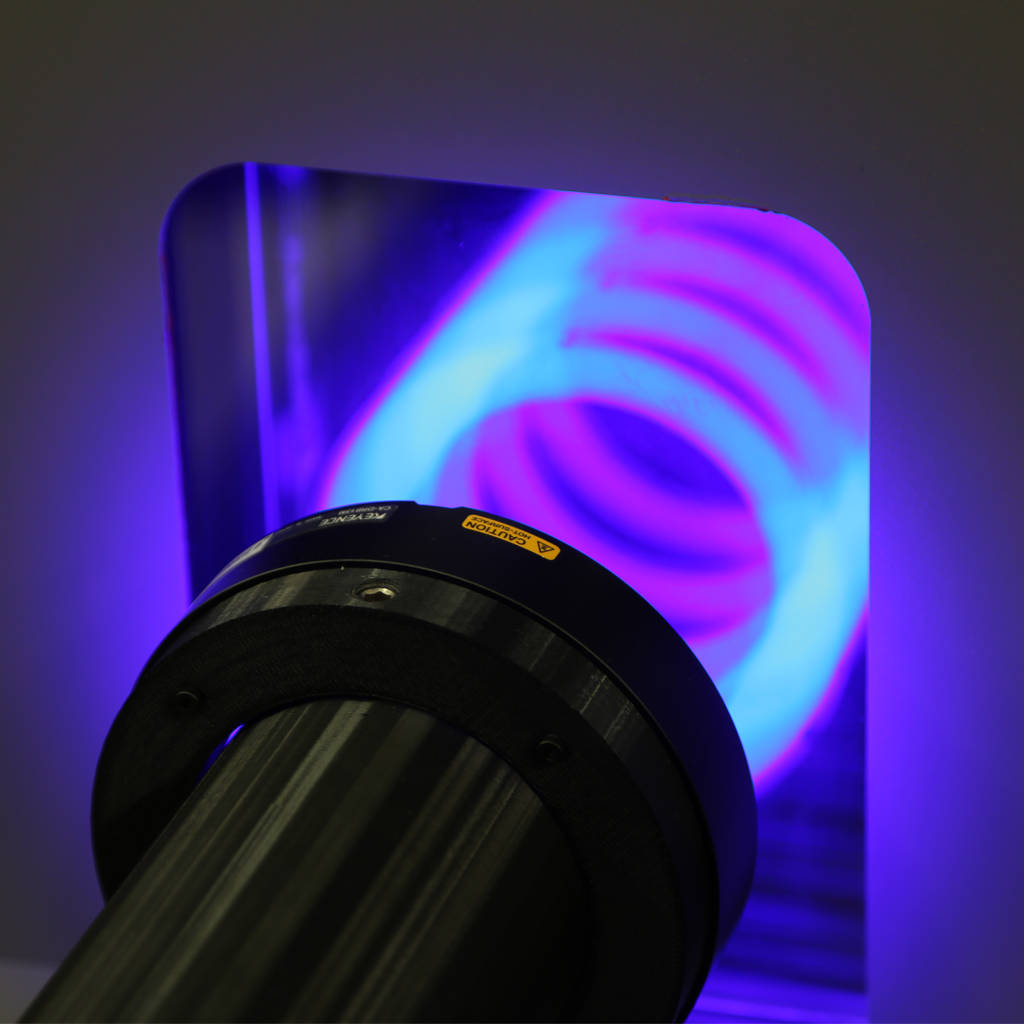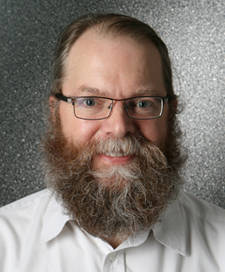
With more than 25 years of experience in materials testing, metallurgy and system engineering, MTS staff scientist Dr. Erik Schwarzkopf brings unique expertise to customer engagements. In this Q&A, he discusses the challenges and tradeoffs inherent in several kinds of high-temperature materials testing.
Q: What is driving the need to measure material properties at elevated temperatures?
A: Designers of ultra-efficient aircraft, automobiles and power generation systems need materials with higher strength-to-weight ratios as well as materials that can withstand higher operating temperatures for longer periods of time. In both cases, the goal is the same: fuel efficiency.
Q: Why is this kind of testing so complicated?
A: “Elevated temperature” means different things to different researchers. In general, we think about three distinct temperature ranges for materials that have the highest strength-to-weight ratios. The first is for polymer matrix composites, or PMCs, from 200°C to 500°C. The second is for metals, from 800°C to 1000°C. The third is for ceramic matrix composites, or CMCs, which are tested up to 1500°C. In each range, there are tradeoffs that test engineers need to consider very carefully in order to run tests effectively, measure material properties at elevated temperatures and acquire high-quality results.
Q: What kinds of tradeoffs affect the accuracy of test data?
A: Problems arise when you are dealing with objects that need to touch the specimen or be near the specimen. That means grips, extensometry, and furnaces and chambers. The problems tend to be systemic, so solving an issue with one component tends to raise issues with another component.
Q: How do these interrelated issues appear during test setup?
A: It starts with the specimen, in many cases. PMC and CMC specimens are flat. They can’t be grabbed in the same way as a round, threaded or button-head metallic specimen. For PMCs, we recommend cost-effective and easy-to-use hydraulic wedge grips. PMC specimens are often fragile, and the even pressure from the hydraulic wedges protects the fibers in the polymer matrix, preventing them from crushing, and maintains the correct pressure as the chamber and wedge head heat up. These grips are relatively large, so they are often paired with a larger environmental chamber. The environmental chamber is typically larger than the furnaces required for higher temperature tests, but the thermal mass of the grips and chamber leads to very stable temperatures.
Q: What happens when you place the larger grips inside the chamber?
A: The larger chamber makes it difficult to use contact extensometers, which test engineers would normally use in these applications. With a smaller chamber, you can situate the sensing technology outside the chamber and allow it to translate motion from the contact arm. But with a larger chamber, you can’t effectively translate that motion outside the chamber because the arm gets too long. The extensometer needs to be inside the chamber—but the elevated temperature damages the sensitive electronics.
Q: How do you solve this problem with extensometry?
A: One way to solve it is with video extensometry and digital image correlation, which can be located outside the chamber. A chamber with a window lets you look inside and measure motion in real-time. But this is not without its complications either. You need a light inside the chamber to illuminate the specimen for the camera. And at some temperatures, the specimen’s illumination (or, blackbody radiation) reduces the contrast and accuracy of video extensometry. We developed a way to use blue LEDs to illuminate the chamber and optical filtering to minimize blackbody effects and enhance contrast.
Q: Given all of these issues, why not use round specimens in the first place?
A: PMCs and CMCs are typically engineered as flat structural components. Even with metals, it is often not possible to obtain a large enough portion of the material to make a round specimen, especially if the goal is to test material that has been in service. Sometimes you extract a small specimen from a larger component—specifically, turbine blades from jet engines. The blades that see the hottest application temperatures are grown from single crystal seeds with cooling holes to let air through. These intricately shaped blades do not have enough bulk to create a round specimen. When the inter-dendritic spacing of single crystal is similar to the specimen dimensions, the specimen might act quite differently than a bulk, round specimen.
Q: Are the tradeoffs the same within each temperature range?
A: Not at all. For example, we would normally recommend MTS high-temperature grips for most high-temperature applications. But the CMC range exceeds 1000°C and these grips would start to lose strength. Ideally, you want the grip to be as hot as possible to minimize the gradient, just not so hot that the grip itself starts to get soft. If you had a long enough specimen, you could use cold grips. But some specimens you can’t make long enough, for the same reasons that you can’t make them round. And even if you use the cold grips, you’re introducing larger gradients, which means you will need to run more tests due to the variations in those gradients, which adds expense.
Q: What is the solution for gripping specimens in the hottest temperature range?
A: We have developed a grip that is actively cooled in two different ways, depending on what temperature range is required. They both work from the same concept, which is to situate the grip in an area of the furnace that is relatively less hot than the center zone. If the center zone is 1200°C, the top and bottom portions are closer to 1000°C. With active cooling, the grip can stay in the less-hot part and still hold the specimen in place with an acceptable gradient. For testing metals up to 1000°C we developed a grip that is moderately cooled. For testing CMCs up to 1500°C we have a grip that is aggressively cooled.
Q: Why is it important to work with a solution provider who understands the entire test?
A: It is important because there are few commercial off-the-shelf solutions for this type of testing. Many labs attempt to build these solutions in-house by assembling components from different providers. The issue is that the tradeoffs are too entangled. The extensometry expert may not understand how to make their offering work through a window or inside of a chamber. Grip experts may be able to make cold grips work, but the gradient is so large that it calls the test results into question. MTS can put together the entire solution. Systems integration expertise is very valuable for innovative high-temperature testing because it reduces variability and lets you run fewer tests to get accurate results.

